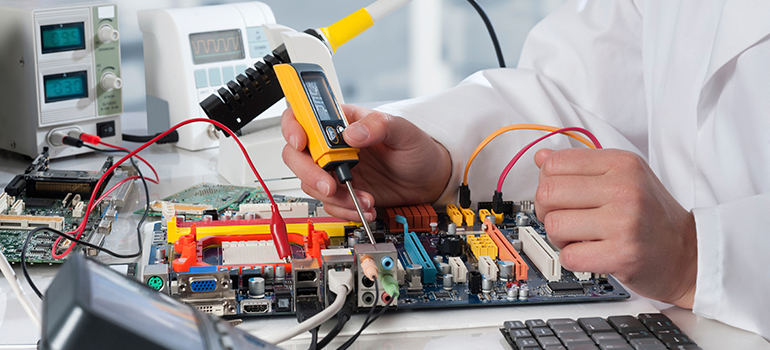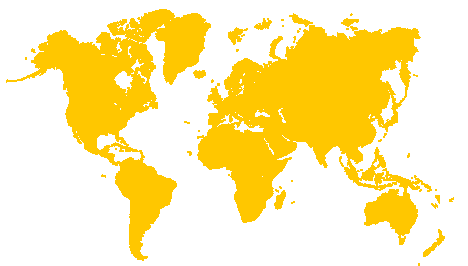Set a Course for Compliance with FMVSS 108

Federal Motor Vehicle Safety Standard (FMVSS) 108 has changed; how does this impact your products?
28 October 2015
The National Highway Transportation Safety Administration (NHTSA) issued modifications to the Federal Motor Vehicle Safety Standard 108 (FMVSS 108) effective on December 1, 2012. Although these changes are not new, many manufacturers are still working to decipher what the changes mean for their products.
The modifications have resulted in varying interpretations by different stakeholders. They may require manufacturers and testing organizations to alter testing and sampling procedures, invest in additional equipment to support the procedures, and recalibrate their understanding of the standard and its requirements to ensure compliance.
Two points in particular remain subject to interpretation in the FMVSS 108 standard. The first relates to LED testing for signal and marking lights such as LED tail lamps or LED lamps on the outside of a vehicle's rear-view mirror. The second is specific to photometric degradation and the calculation of Effective Projected Luminous Lens Area (EPLLA). Intertek's experts have collated information to address these two areas of ambiguity and help manufacturers better understand the issues in order to make decisions on how best to handle testing requirements.
From a technological standpoint, LEDs are brightest when initially turned on, and then achieve thermo equilibrium over a period of time. The Society of Automotive Engineers (SAE) Recommended Practice J1889 discusses this characteristic and recommends that in testing situations, a photometric reading for these products be taken at the end of one minute, and then again after 30 minutes, to see how much the LED has degraded.
However, in an effort to avoid "undue hardships" on manufacturers, J1889 has not been officially incorporated into FMVSS 108. This has led to confusion over the exact regulations and subsequent testing requirements. SAE recommends that J1889 guidelines be complied with as a part of FMVSS 108, and certain states and countries (including California, Canada, and UNECE countries) already require manufacturers to comply. But J1889 is not a federal mandate because it is not part of FMVSS 108. Therefore, it is left to manufacturers to decide whether they want to self-test to J1889 or have a third party laboratory perform the testing for them.
As mandated by NHTSA, a calculation of EPLLA for LEDs used for signal and marking lighting is currently required by FMVSS 108; however, there are many interpretations of this requirement. As a point source, LED lamps are often made up of numerous small circles of high-intensity, light surrounded by darker areas, designed to ensure that LED lamps deliver even light output and distribution similar to an incandescent or HID light source. EPLLA tests for the evenness and homogeneous quality of the LED illumination.
The ambiguity lies in that guidelines do not specify exactly how the EPLLA calculation is to be made – i.e. no exact cutoff in brightness has been identified to enable manufacturers or third party testers to know at what level to eliminate dark areas from the calculation. As a result, the EPLLA requirement has become somewhat subjective and has led to variances in the way companies and testing organizations incorporate light levels and measure these qualities. Intertek can recommend a value depending on customer preference, however, this would simply be a recommendation and not in FMVSS 108.
The SAE Lighting Committee meets twice a year to review and update SAE-recommended practices pertaining to automotive lighting, which are normally the basis for the FMVSS 108 laws. As part of the process, the committee typically voices any concerns and proposes modifications to FMVSS 108.
We will continue to monitor these ongoing discussions and will share our findings and recommendations. Automotive Lighting technology is evolving at a rapid pace and the standards which govern these products will follow suit. Intertek's detailed FMVSS 108 white paper is available online.
Share your thoughts on the latest changes to FMVSS 108 and how it has impacted your products or your testing and certification program.
Today’s expert blogger is Sarah Linn. Sarah is a Global Marketing Manager for Intertek’s Products group based in the Chicago, Illinois laboratory.
Tags: 2015 | Automotive | Lighting | Sarah Linn

Sarah Linn,
Marketing Manager, Lighting, Intertek


